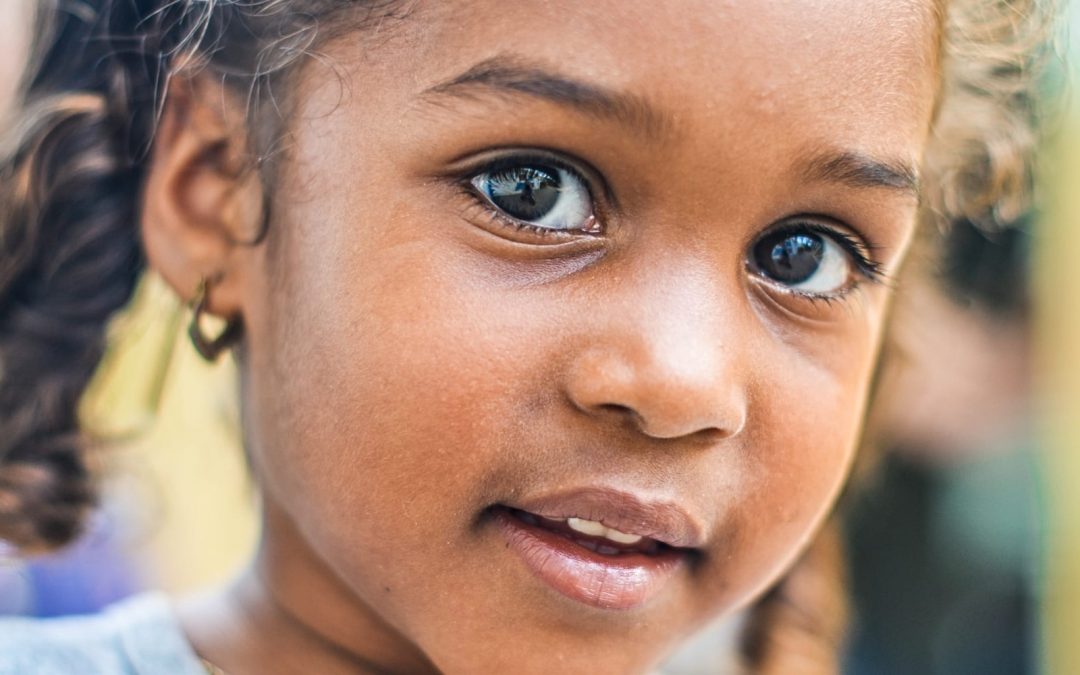Racial and ethnic disparities remain despite progress in many areas of U.S. children’s well-being, according to the 2019 Kids Count Data book published June 17 by the Annie E. Casey Foundation (AECF).
“In 1990, when the first data book was published, many politicians, academic experts and nonprofit and philanthropic leaders focused on what was wrong with kids. Often, they were thinking primarily about children of color,” AECF’s president and CEO Lisa Hamilton noted in the report’s preface.
“The result was not only narratives but also public policies that reflected this thinking – and that ignored, reinforced or erected even more obstacles that often derail African American, American Indian and Latino kids,” Hamilton said. “They discounted the incredible individual potential of these children. It’s no wonder that, three decades later, we still see the same disparities.”
AECF’s annual report looks at the well-being of U.S. kids using a mixture of 16 negative and positive indicators organized into four categories: economic well-being, education, health, and family and community.
The 2019 report analyzes data from 2017, comparing it with data points from 2010 to reveal changes and trends.
A majority (11 of 16) of areas saw overall progress during the past seven years, yet the situation on the ground remained difficult for many children, particularly children of color.
For example, all economic well-being indicators improved even though 18% of U.S. children still lived in poverty in 2017.
While this is down 4 percentage points from 2010, this figure matches the percentage from the first data book released in 1990.
“As a result of generations-long inequities and systemic barriers that persist, children of color face high hurdles to success on many indicators,” the report noted.
For example, African American children and youth were above the national average in all four negative indicators of economic well-being:
- Children in poverty (15% above the national average)
- Children whose parents lack secure employment (15% above)
- Children living in households with a high housing cost burden (14% above)
- Teens not in school and not working (3% above)
A similar pattern was seen among American Indians (15% above, 20% above, 1% below, 6% above, respectively), and Latinos (8% above, 5% above, 11% above and 1% above, respectively).
By contrast, white (non-Hispanic) children were below the national average in all negative economic well-being indicators (7% below, 6% below, 9% below and 2% below, respectively).
With few exceptions, non-white children were lower than the national average for positive indicators of well-being and above the national average for negative indicators. The opposite was true for white (non-Hispanic) children.
“Are we as a nation doing better by children compared to a generation ago?” Hamilton asked. “While we have stepped up for kids in some areas, we have fallen profoundly short in other ways. Notably, we have failed to reduce racial and ethnic disparities among children and dismantle the obstacles that so many children of color encounter on the road to adulthood.”
The full report is available here.
Editor’s note: EthicsDaily.com news briefs on the 2018 Kids Count Data Book is available here and the 2017 edition is available here.


